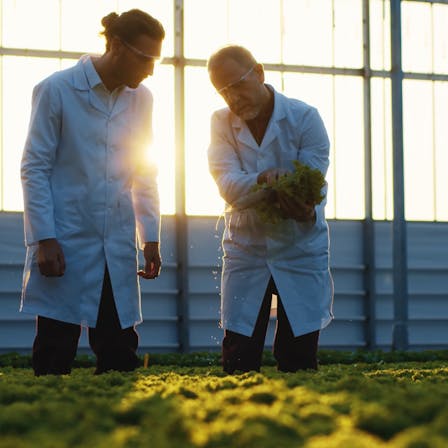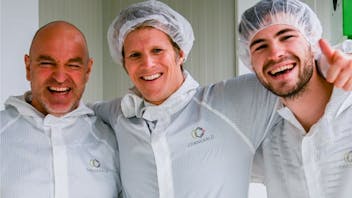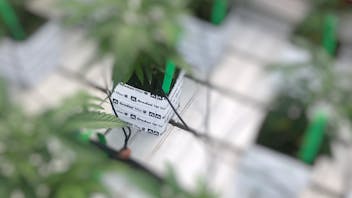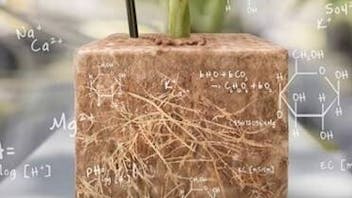Journey through the greenhouse in waves
“I’d always used Grodan’s stone wool growing media in my previous ventures before coming to Portugal, so I was in no doubt that I wanted to use them here too,” continues Avital. A plant’s journey through the greenhouse starts in the mothers’ room containing all the genetic stock. “From there, the cuttings are transferred to the rooting room, where they are rooted in Grodan Max AO 36/40 no-hole cubes. Then we move them to one of our three vegetation rooms where we control the light to encourage them to produce branches and leaves. They are planted on Grodan Max6.5 cubes which have a 40/40 hole for the Max AO. Lastly, they are moved to one of our eight flowering rooms, each comprising 1,900m2 of cultivation space. We have between 1,000 and 2,000 Grodan Uni-Slabs in each room simultaneously, depending on the planting density; we work with a plant density of 2,000 in the summer, but scale back to 1,000 in the winter due to the light and humidity situation.”
Avital explains that the plants move through all these rooms in batches or ‘waves’: “The 1,000 to 2,000 plants in each flowering room form one batch. They have been together from start to finish. At the end of the cycle, after around two months in the flowering room, we cut the whole batch simultaneously and clean the room ready for the next batch. This wave system is still quite an unusual approach within medical crop cultivation, but it enables us to minimize the risk of contamination and maintain the batch integrity.” The sanitary situation is the absolute top priority for customers of medical crops, he says: “It’s even more important than the potency of the product. If the medical crop isn’t clean enough to comply with the pharmaceutical rules, it has to be irradiated and everyone wants to avoid that if possible.”










